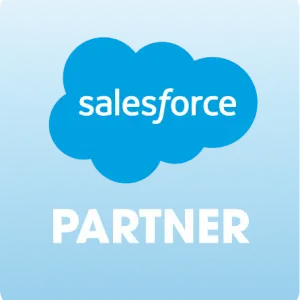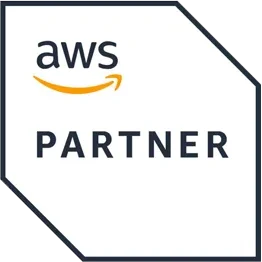Maximize Your Growth with Pricing and Packaging
When it comes to pricing, most SaaS companies fall into one of two traps: they either set-it-and-forget it, or they're too scared to change it. But if you're willing to optimize your pricing strategy, the rewards are worth it. You'll stand out from the competition and you'll unlock new growth and for your business.
Fundamentally, pricing and packaging impact how you sell your product and create revenue. But that’s just the beginning. Pricing and packaging are a key part of how you’ll continue to monetize for long term profitable growth.
The Most Popular SaaS Pricing Models [With Examples]
You’re probably wondering which pricing model is best for monetization. Let’s be super clear – there’s no one-size-fits-all answer to pricing and packaging. Different SaaS pricing models work better for different businesses and at different stages of growth. It's all about experimenting, gathering data, and iterating.
Here are the eight SaaS pricing model examples to get you inspired and help you choose the best strategy for your monetization.
The data in this article is based on a study of 250 companies across 20 different software categories.
User Based Pricing
User based (also often referred to as Seat Based) pricing model is based on customers paying for “seat” licenses, which control how many people can access the software. The more “seats” a customer needs, the more they pay. Companies will sometimes use different terms to describe a “seat” license, such as per “agent”, “member”, “individual”, but the underlying mechanics are the same.
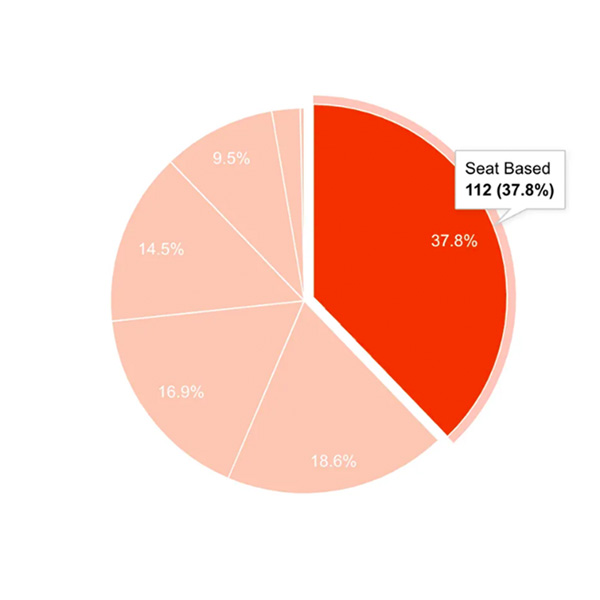
Pricing Model Example: PagerDuty
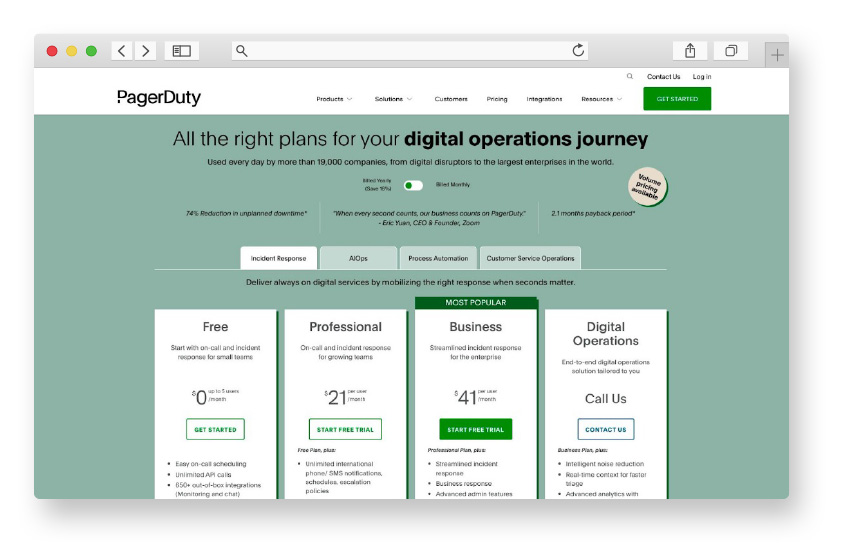
Key Learnings:
- Seat based plans are frequently coupled with feature tiers, meaning that customers pay per “seat”, but also can move up (or down) tiers and the price per seat will go up and down accordingly
- Some companies impose minimums (e.g. Ziflow) to raise average deal size.
- Many companies charge only for active seats (e.g. Slack), which means that only those users who use the software “count” towards the used seat licenses.
Implementation Tip:
When purchasing seats, customers may not know how many seats they may need in the future. To increase the initial deal size, companies like Salesforce offer discounts for committing to a larger number of seats up front (e.g. instead of purchasing just 5 today for $500, get 10 for $800 so that you have room to grow).
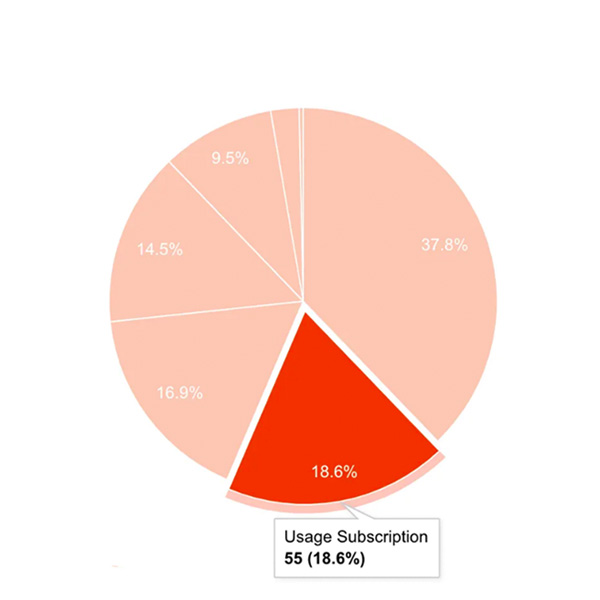
Pricing Model Example: Wix
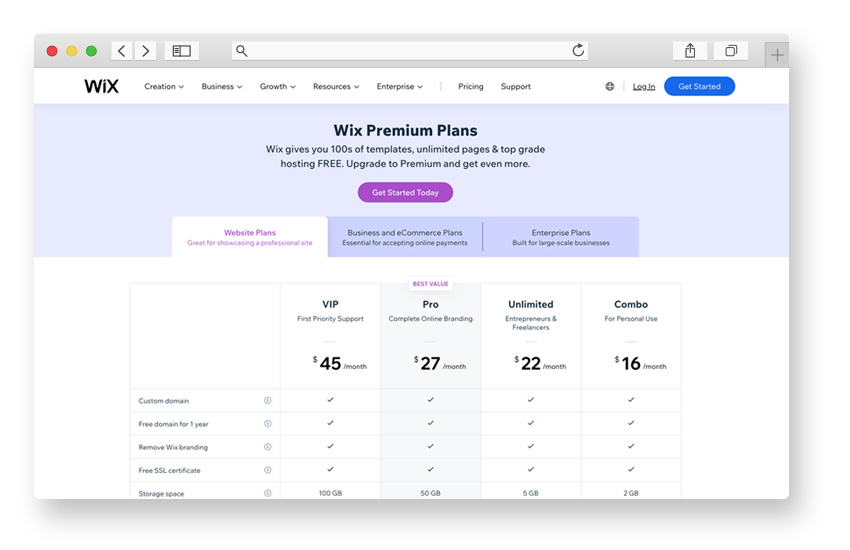
Key Learnings:
- Companies will often have multiple usage metrics built into their plans (e.g. Storage Space and Video Hours), which increase the likelihood of users encountering at least one of these limits to get them to upgrade.
- Usage Subscription tiers typically include an increasing number of features, so customers upgrading from one tier to the next will get higher limits and more features.
Implementation Tip:
Having usage-based features in your plans gives you a great opportunity to let your users discover and test those features. This is why companies like Wix include these features in all plans and set the limits such that users can try them, but they will need to upgrade once they consistently use them.
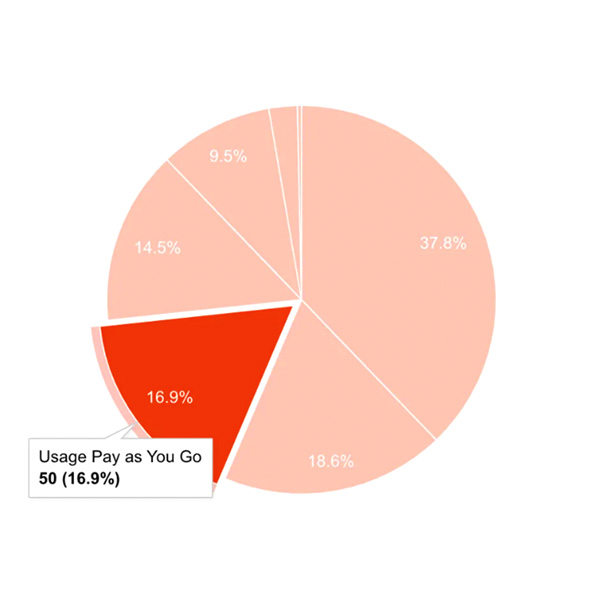
Pricing Model Example: Algolia

Key Learnings:
- Pay as you go has a very low barrier to entry as companies rarely impose miumums
- This model is most common in Development & Infrastructure tools, such as Twilio, AWS or Agolia.
Implementation Tip:
Pay as you go model may have unpredictable revenue as customers are not committed to any spend. To add some “predictability” to your revenue, you can add a committed amount at a discount, the way Amazon AWS does “reserved instances” for their EC2 product.

Pricing Model Example: TypeForm
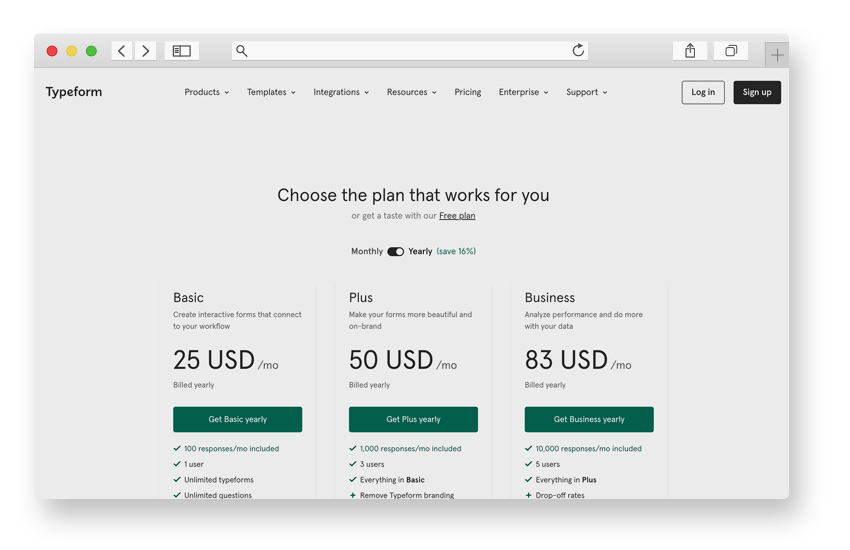
Key Learnings:
- Usage drawdown limits can be spread across different tiers (e.g. Typeform) or they can have or within the same tier (e.g. ShutterStock)
- Companies often provide discounted per unit price with higher limits (e.g. Typeform offers 1000 responses for $50 USD and 10,000 responses for $83 USD)
Implementation Tip:
Consider what happens when your users hit the limit within their tier. Beside having them upgrade to the next tier, another option is to allow users to reset their billing period. This is exactly what ScrapingBee does - if you hit your limit before the end of the month - you can then reset your billing cycle right there and then, which means you will get billed for the next month today in exchange for a reset of your limit.
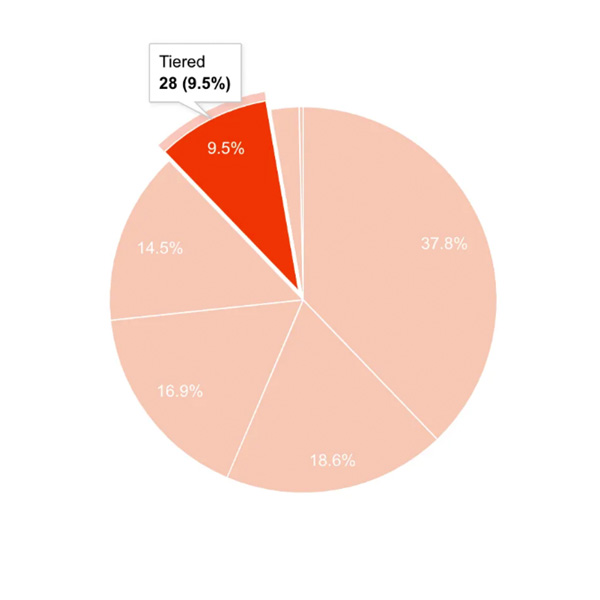
Pricing Model Example: LinkTree
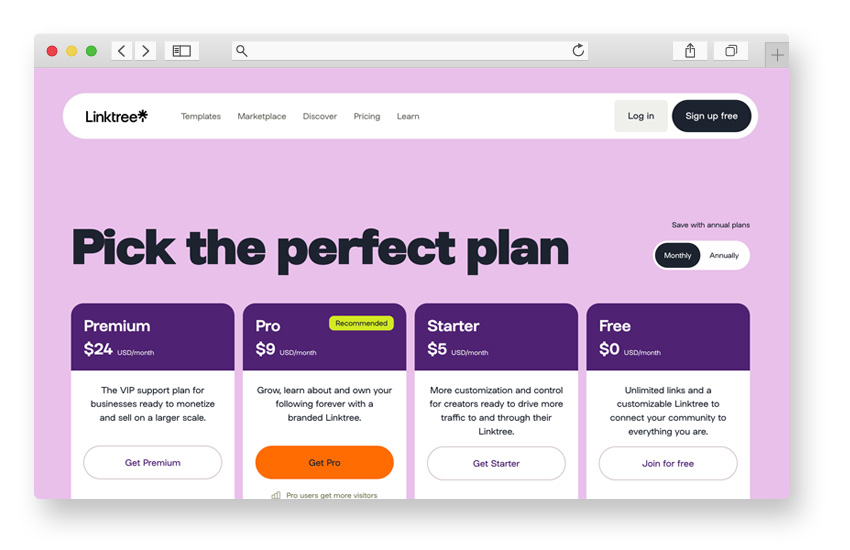
Key Learnings:
- Feature based tiering is very rare among top SaaS companies, as it offers very limited opportunity to upsell customers (i.e. once someone reaches the highest tier, it’s the max that they will ever pay)
Implementation Tip:
Consider how you will let users discover the additional features in higher tiers. One option is to give users an option to do a “reverse trial”, which means that they can upgrade to a higher tier to try the additional features, but they get downgraded to their existing tier if they choose not to keep it.

Pricing Model Example: SurfShark

Key Learnings:
- Just like Tiered based pricing, Flat pricing is very rare among top SaaS companies, as it offers no revenue expansion opportunities with clients.
Implementation Tip:
Since flat based pricing is often used to test new products and/or initial pricing, experiment with different price points to test willingness to pay.
Performance-Based Pricing
Performance-based pricing is a pricing model in which customers are charged based solely on the results they achieve. This approach ties the price to a specific value metric, such as the number of leads generated, or the savings realized through the use of the product. As a result, the amount due per period can fluctuate based on the level of performance achieved.

Pricing Model Example: Vendr
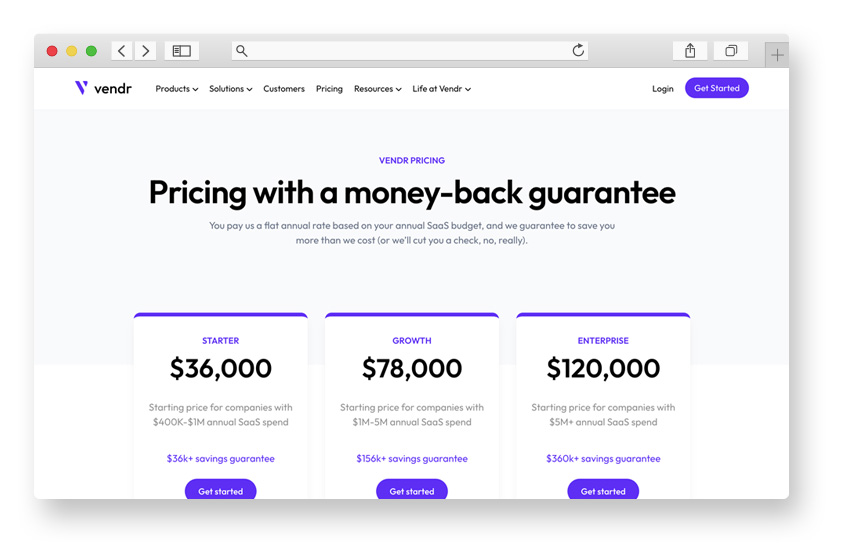
Key Learnings:
- Performance based pricing is relatively new to SaaS
- The great thing about performance based pricing is that it aligns customer and vendor interests, however the measurement and administration of this type of pricing can get pretty complicated pretty quick
Implementation Tip:
Since performance may be influenced by many factors, consider securing annual based contracts (like Vendr) at an agreed price with a money back guarantee. This will give you revenue predictability as well reduce the risk of customers churning after one month of bad performance.
Freemium Pricing
Freemium deserves a mention in this article, as it is often mentioned in the context of SaaS pricing, however it is not a pricing model. It is an acquisition model. It is used to acquire paid customers by first giving away some part of the product for free. This tactic relies on users developing product usage habits and then leveraging that relationship to sell them a paid version of the product.
Freemium can be combined with any of the above pricing models.
Keep On Improving Your Pricing and Packaging
The variety of SaaS pricing examples among these 250 companies proves that there are no “one size fits all” approaches to monetizing SaaS. In fact, many SaaS companies will combine multiple pricing models to maximize revenue for their revenue.
As you are thinking about pricing your first product or updating your existing pricing, the best starting point is to see what peers and competitors are doing in your space. This is where PricingSaaS can help - it’s the world’s largest database and tracker of B2B SaaS pricing.
Once you are ready for the implementation, consider using Thales’s Sentinel platform. Too many companies start with a pricing solution that can’t support growth at scale. Unlike other systems, Sentinel is purpose built to integrate with your existing tech stack and enable flexible pricing and packaging at scale. From M&A, to channel selling, to complex licensing scenarios and beyond, you’ll gain peace of mind today, while paving the way for tomorrow's success.
These companies are highlighted as examples of best practices, not as Thales customers.


